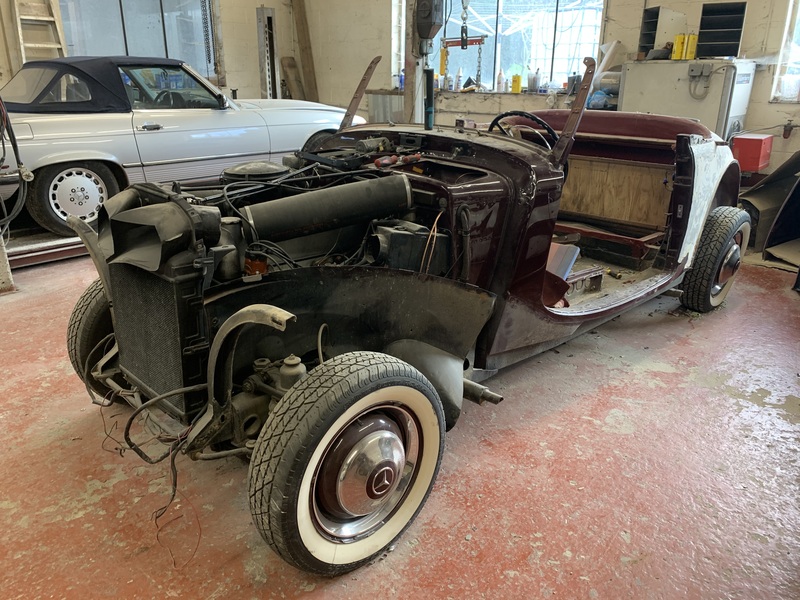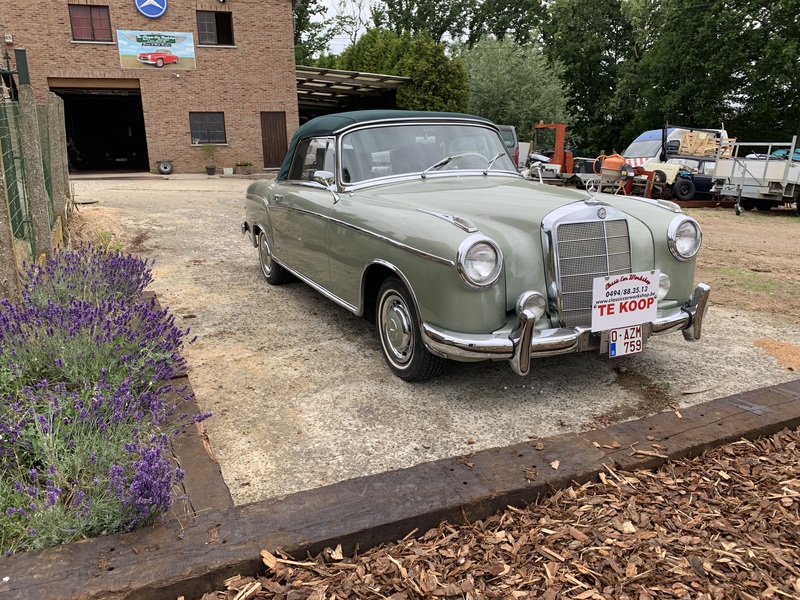SIXTY YEARS AFTER
its debut, the Mercedes-Benz 300 SL Gullwing remains one of the most beautiful cars ever made. Even when you paint it beige and cover its seats in shriek-inducing red and green plaid, it's gorgeous. But more importantly---at least in the annals of automotive history---the car was packed with innovative tech like a slanted inline six-cylinder engine, fuel injection, a lightweight frame, and those glorious doors.
Like with many automotive inventions, the 300 SL’s groundbreaking features were born from racing. It all started with the 1952 W 194 series 300 SL, which took first and second place at the 24 Hours of Le Mans; first, second, and third at the 24 Hours of the Nürburgring; and first in the 1,900-mile Carrerra Panamericana race.
Two factors made the SL so successful. For power, the Germans took the engine used in the 300-series sedans and limousines and stuffed it under the SL's long hood. They slanted the 3-liter inline six-cylinder 50 degrees to the left, which pushed the car’s center of gravity closer to the ground and maintained the low, sleek line of the hood. Chrysler's famous 225 Slant Six, similarly tilted setup, didn't debut until 1960.
To make each bit of horsepower more effective, Mercedes engineer Rudolf Uhlenhaut developed a frame of thin tubing that weighed just 110 pounds. That tubular framework is the reason behind the car’s iconic feature, its gullwing doors. Mercedes couldn’t cut into the frame to fit conventional doors without sacrificing stability, so it hinged the doors to swing up instead of out.






